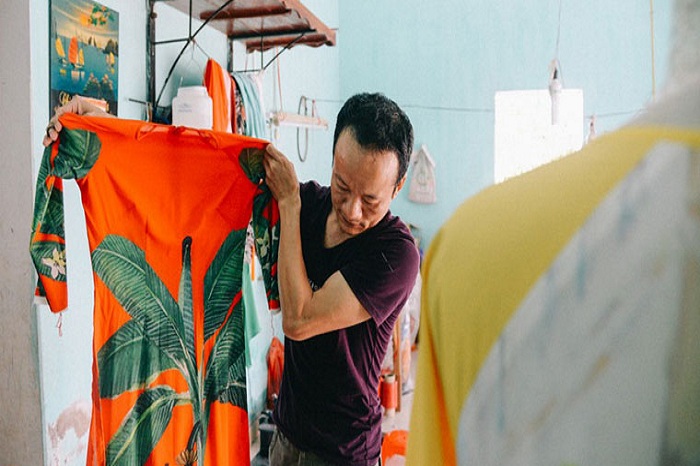
Trach Xa village - where a man was born to make Ao dai
- on Sep 27, 2020 By: BN
Found about 60 km from Hanoi, Trach Xa village is known for making Ao dai, the traditional Vietnamese tunic. The Ao dai Trach Xa which occupies a prominent place in the wardrobe of Vietnamese women is increasingly known by travellers. This reputation owes of course to the thoroughness and finesse of artisanal manufacturing which has been enriched for centuries. Not many people know that the Ao dai that come out are mostly created by men.
In Vietnam, when they talk about the sewing profession, people also say women usually seem more gifted at sewing. However, what we see in the village of Trach Xa invites us to rethink the male-female role in the perfection of an Ao dai. It should be noted that this profession is only transferred to men, according to a rule that has not changed for a long time in the families of Trach Xa. In fact, nearly 90% of workers in the sewing industry are men.
The old story of sewing Ao dai Trach Xa
The oldest tailor in Trach Xa is Mr Nhien who has lived off the trade for 65 years. In order to make a living from their profession, the couturiers of the past had to settle in different regions of the country. Displacement due to exodus did not correspond to women. The seamstress activity evolved as the men of Trach Xa improved, he said. Moreover, the Vietnamese tunic, in the hands of men, is more charming than that made by women, the inhabitants testify.
With just a canvas bag, a pair of scissors, tailor's chalk, a few needles and sewing thread, a tailor from Trach Xa is ready to go and earn a living anywhere.
The sewing of Ao dai in Trach Xa dates back more than a thousand years, created by Mrs Nguyen Thi Sen, according to the elders of the village. Legend has it that Emperor Dinh Tien Hoang met a daughter of Trach Xa during his visit to the village and fell in love with her. She became his wife and used her creativity to promote clothing in the service of the royal court. On returning to her native village, she or Nguyen Thi Sen had learned from the inhabitants of Trach Xa the first sewing techniques of Ao dai.

The traditions continue to this day
Over the centuries, the new Ao dai keeps continuing to be produced in Trach Xa. They are distinguished in particular by the ancestral method favouring traditional styles and patterns. The atmosphere there is undoubtedly less hectic than other craft villages around Hanoi.

The sewing steps are mainly done by hand, the intervention of machines remains limited. A whole know-how of picking up needles, cutting, embroidering to be acquired and mastered by man since his young childhood. You can sew a beautiful Ao dai for yourself from the age of 15.
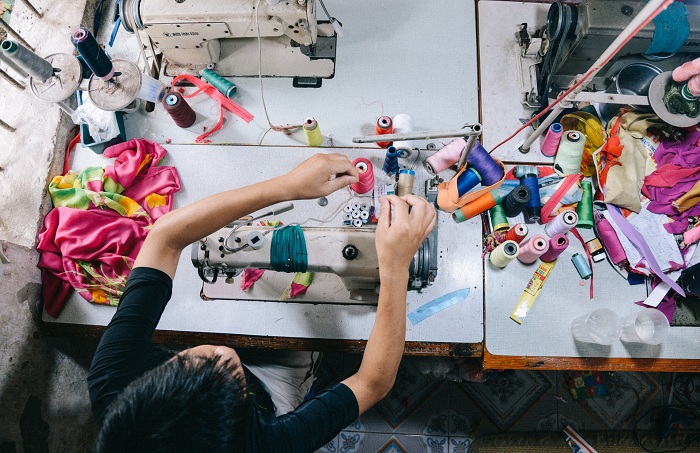
A professional apprenticeship, to be completed, takes between three and five years.
Based on prices updated in 2017, a designer normally earns between 150,000 - 200,000 VND for making an Ao dai, depending on the type requested. A good dressmaker is capable of producing 4 to 5 pieces per day.
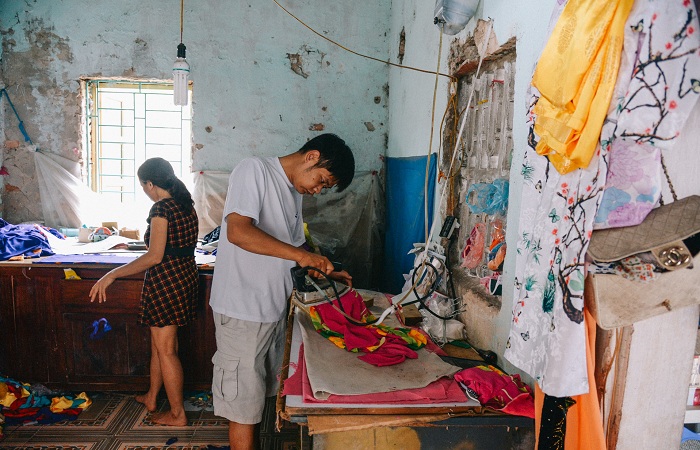
Mrs Su is content to assist her husband who runs a fashion house at their home in Trach Xa. Every week, she goes to wholesale markets in Hanoi like Dong Xuan, Ninh Hiep to buy fabrics while her husband takes care of the main duties of a tailor. Trach Xa is in full swing especially in the 8th and 9th months of the year which mark the wedding season in Vietnam. In many families in the village, the tailors do not sleep at night in order to be able to complete the Ao dai on time.

According to Manh, a tailor with over 25 years of experience, the technique that is both simple and meticulous demanded by a perfect Ao dai lies in hand sewing. This is the step of refining the curves of the dress, highlighting the body of the wearer. In other words, it is the key to breathing soul into an Ao dai.
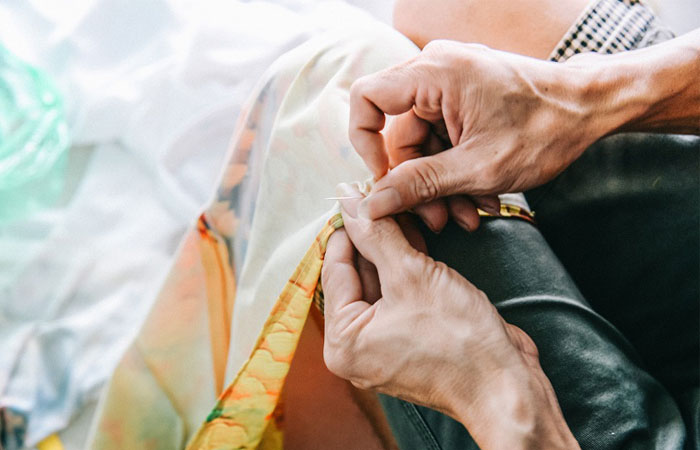
It takes five years or even ten years of experience for a tailor to be able to excel in this method.
Added to this is the impeccable expertise of making the cuts that largely decide the quality of an Ao dai. It’s an art that requires special attention as well as the skill of the tailor.

Manh does not hide his pride in values ​​preserved for generations in his village. He is among the enthusiasts of Trach Xa who, with their dedication and their hard work, participate in the enhancement of ancestral traditions. This is also the reason why he teaches sewing lessons for young people from different places. A career that lasts, a priori, only with true love on the part of the craftsman, he confides.
Present in many boutiques across the country, Ao dai Trach Xa is also popular with a diverse clientele abroad. In the capital, one can easily buy an Ao dai Trach Xa for oneself or make souvenirs by going to the old quarter of Hanoi. The busiest streets are Luong Van Can, Kham Thien and Cau Go.
Regardless of where they are based, the craftsmen from Trach Xa are recognizable by the houses with “Trach” at the end of the mark, namely Dong Trach, Phuc Trach, Dai Trach, Vinh Trach, Tan Trach... The names exude their attachment to the millenary profession which is particularly appreciated by lovers of traditional Vietnamese dress.
Location of Trach Xa village: Hoa Lam commune, Ung Hoa district, 60km from Hanoi.
Comment
Other Blog
Categories
Latest News
on 27 Apr, 2023      
on 15 Apr, 2023      
on 28 Mar, 2023      
 Español
Español Français
Français










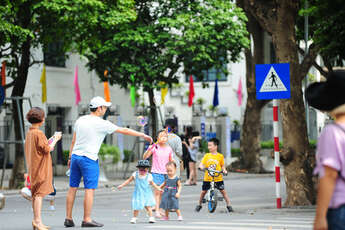
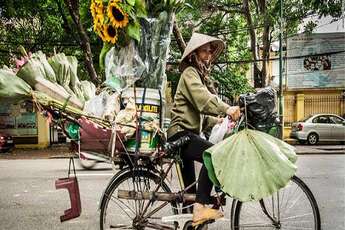







F
on Jan 3, 2024Igor Mozetic
on Apr 8, 2023Ira Beale
on Feb 10, 2023Phạm Phú Toàn
on Jan 28, 2023Max Stover
on Jan 11, 2023